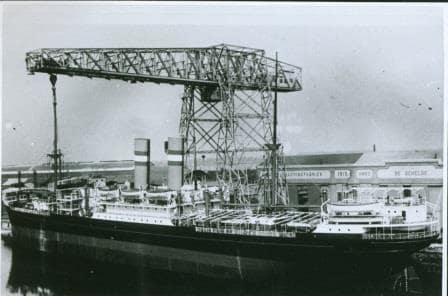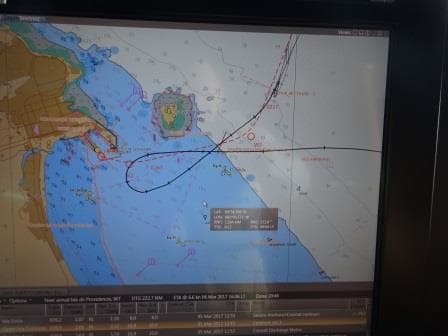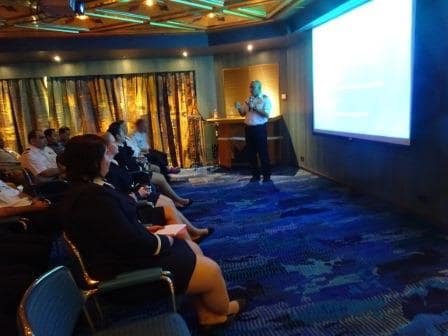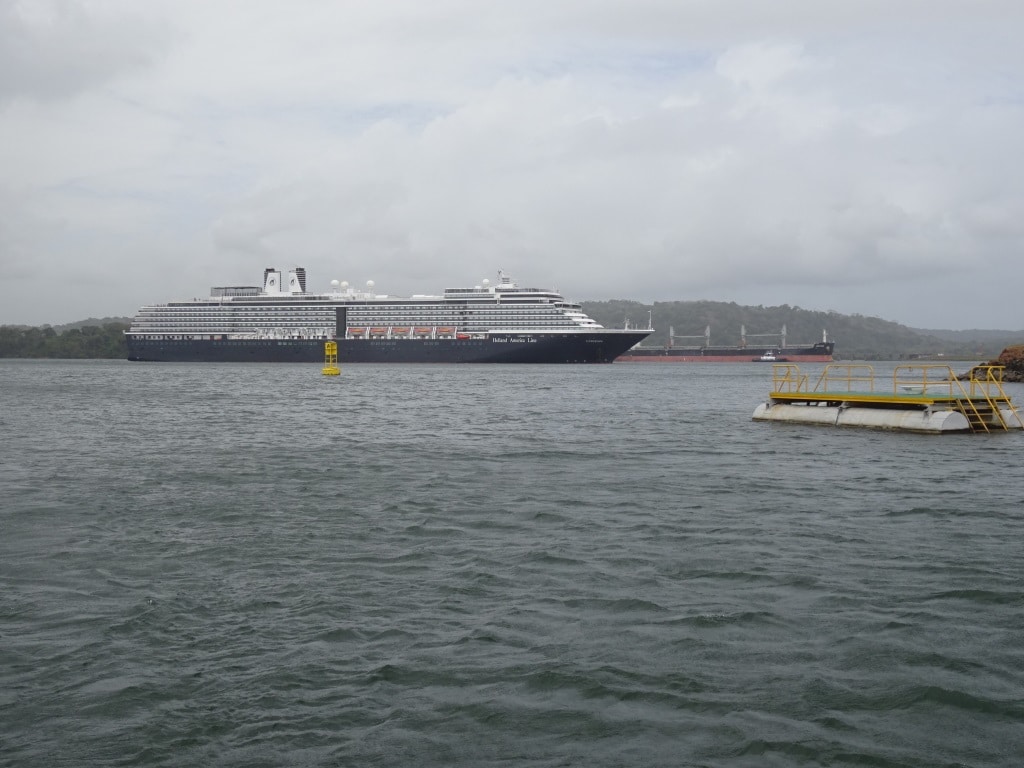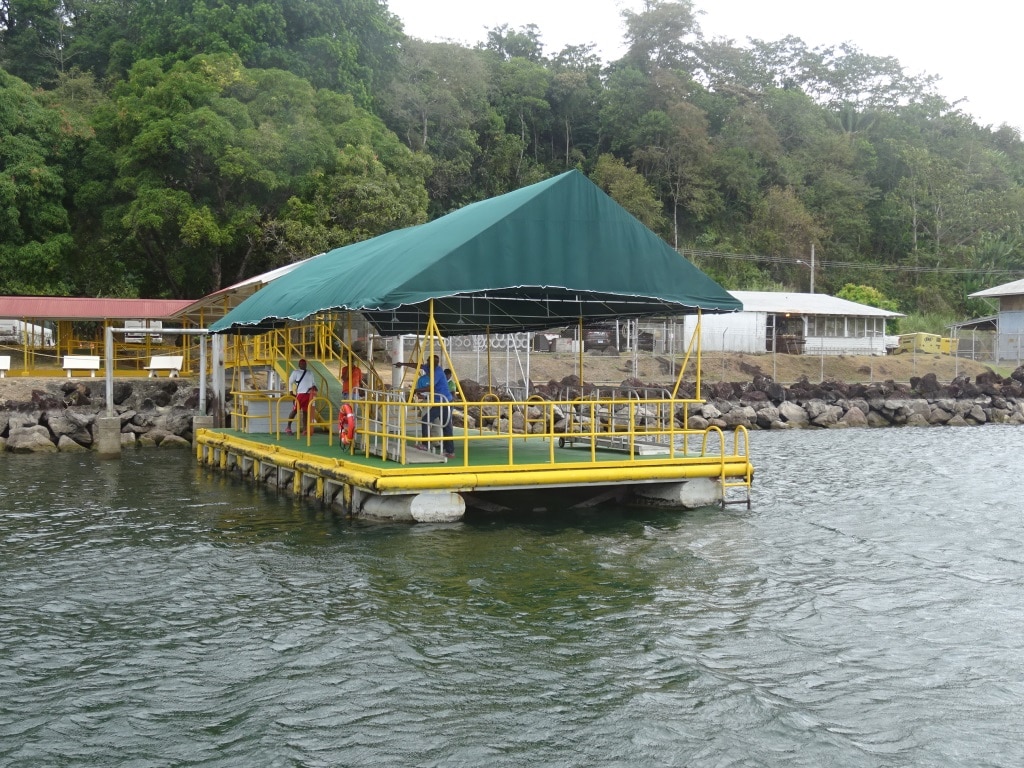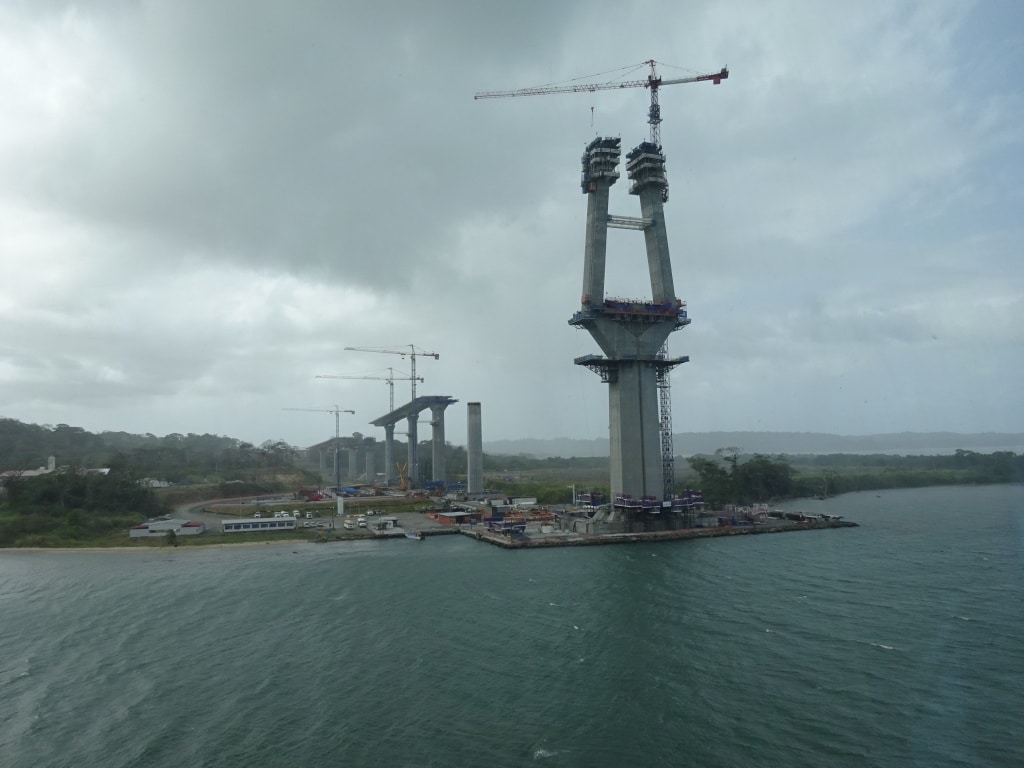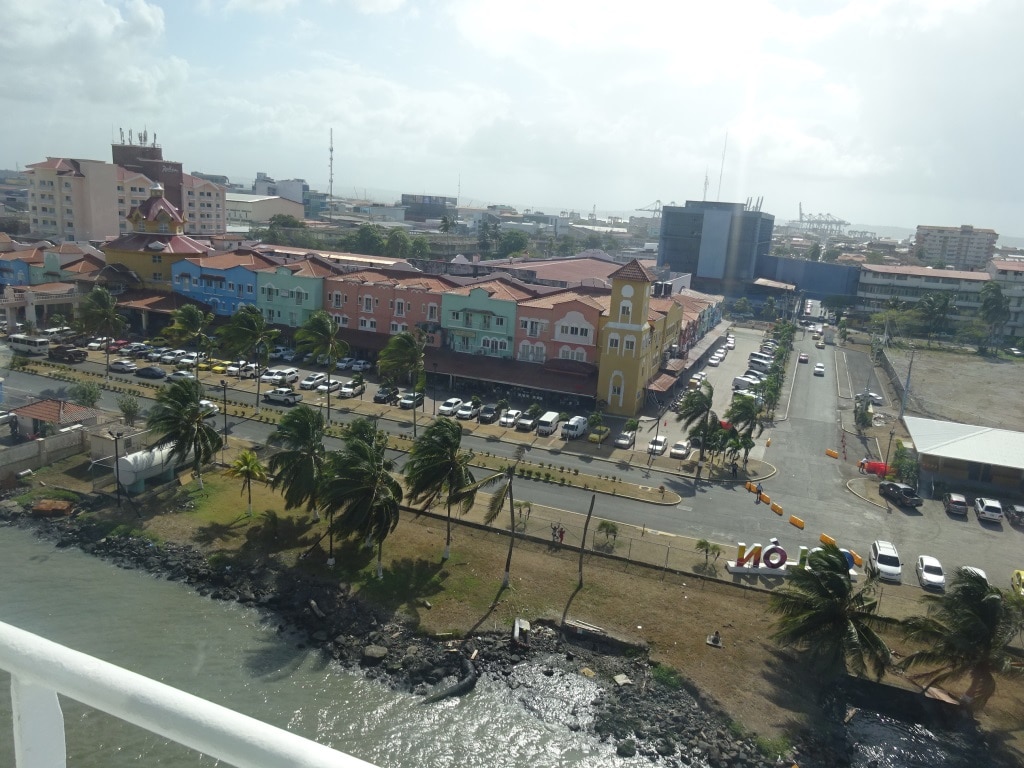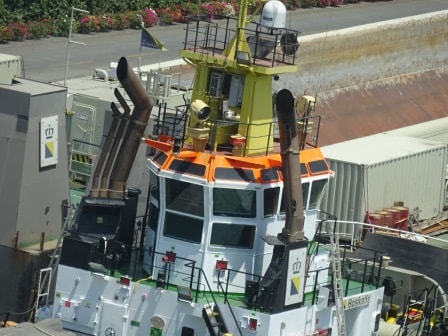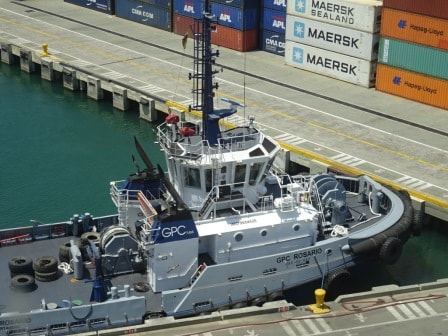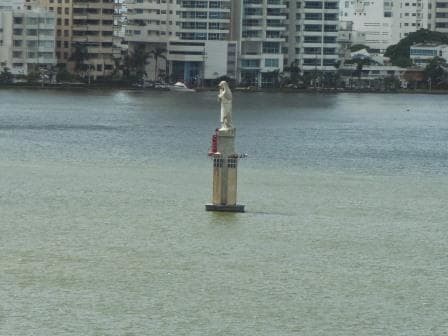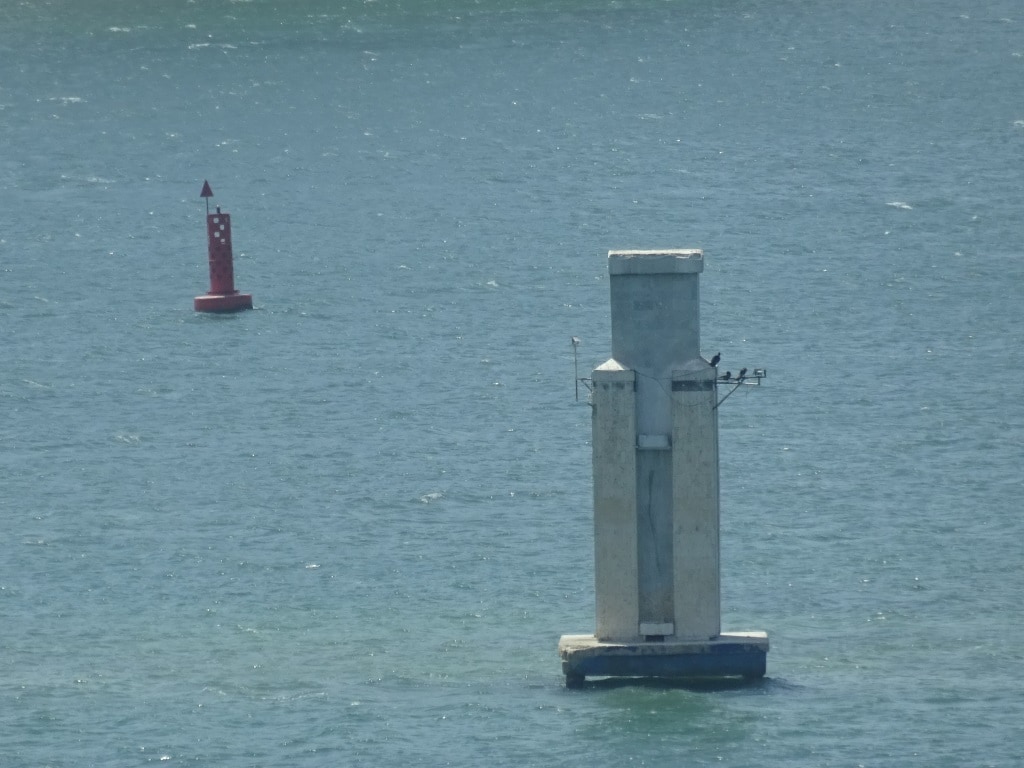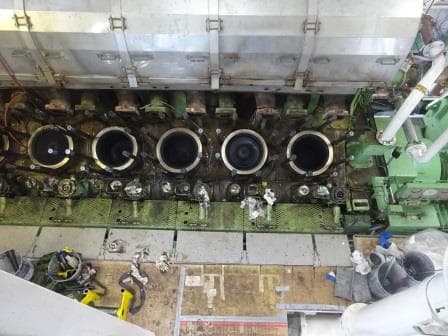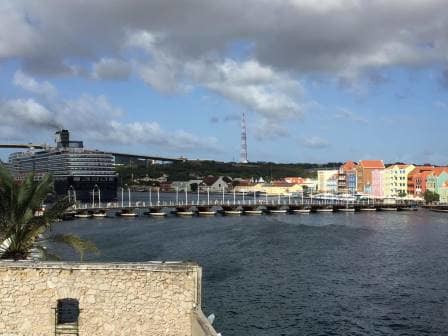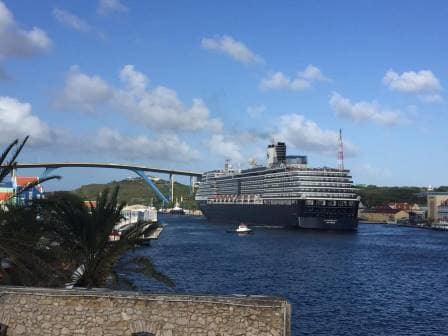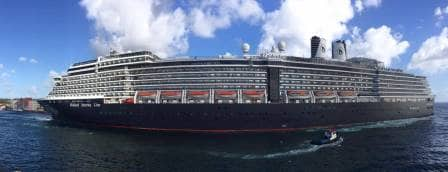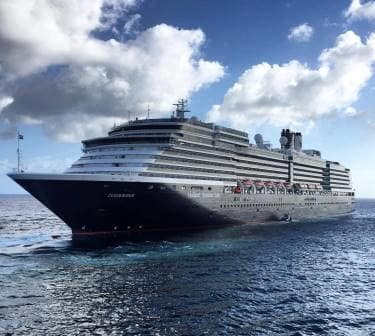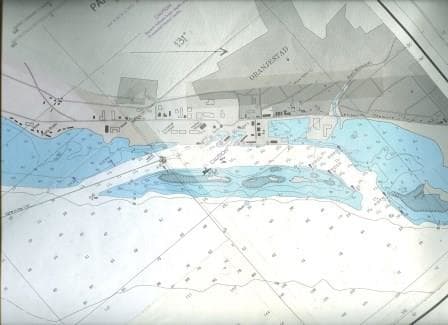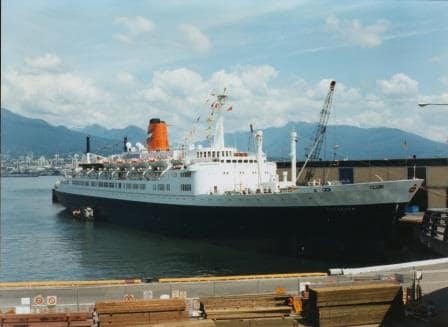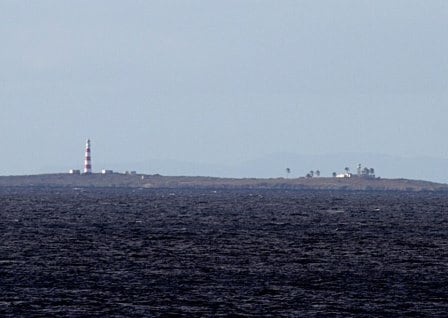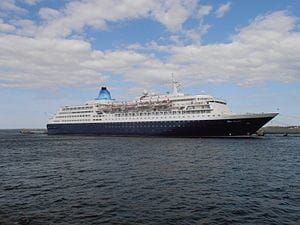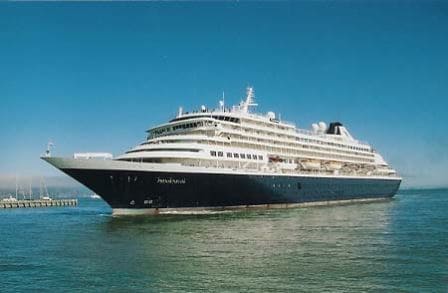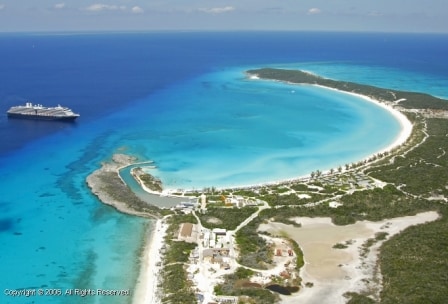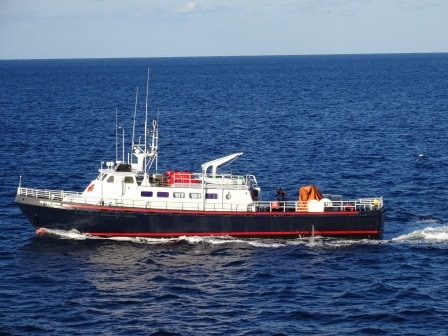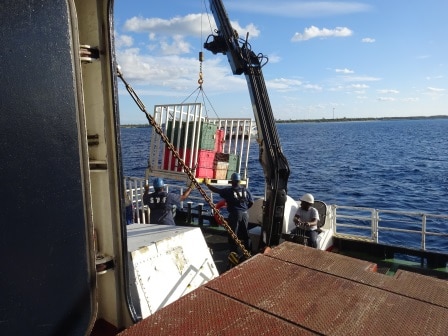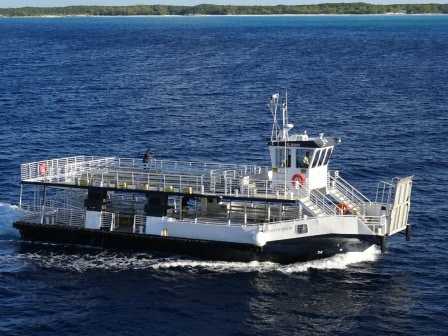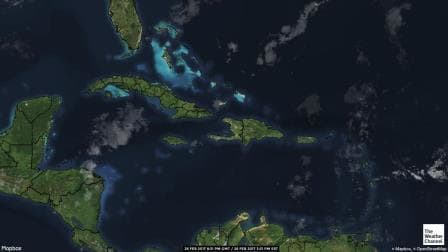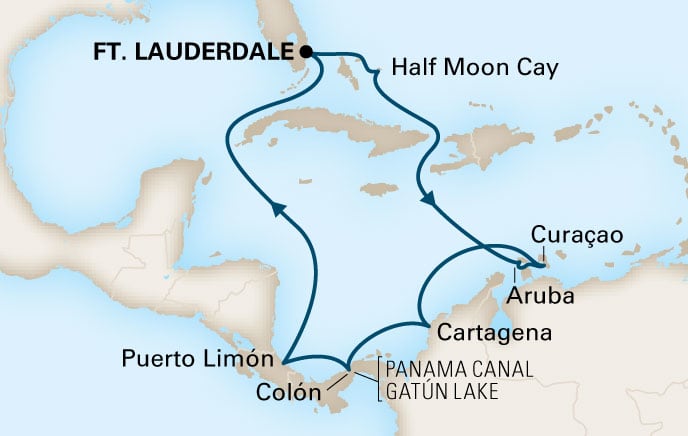Today is the 2nd of our three sea days although the first one was not planned but due to the swell inside the port of Puerto Limon. As far as I have heard it is still not good over there and we can feel it here as well. There is still a high swell running from the North East and on occasion the angle is just wrong for the stabilizers and we are reminded of the fact that we are on a ship. The wind has slightly diminished but is still very strong.
The route we are taking brings us west of Grand Cayman and we were abeam of the islands at 17.00 hrs. Local time. Not that we can see the islands, they are much too low to come above the horizon. Then it is going past Cuba, sometime tomorrow morning. Keeping Cuba on the Starboard side and sailing through the Vessel Traffic Separation scheme past Cabo San Antonio and then we will be flushed into the Straits of Florida by the Gulf Stream.
So tomorrow we will also pass Havana on Cuba. Now the island is being opened up and relations are being normalized it is “safe” to also blog about it. Carnival Corporation, and also the competition, is now sending cruise ships to several of the Cuban ports. We had the Adonia from P &O going there under the Fathom banner and she is now being replaced by a Carnival ship sailing from Miami. European companies have already had ships there on a regular basis but they did not call at a USA port. We have no insight yet if Holland America will start calling there in the future, it might happen when the time is right.
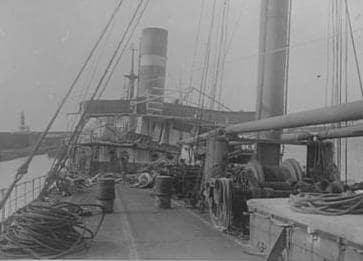
A deck view of one of our early steamers the ss Andijk (1) from 1909. This photo was taken to show the damage on deck after a bad weather crossing. Note the open bridge.
We do have a long history of going to Havana. Our first ship which called there was the cargo ship the ss Andijk in 1912, with Captain A.B Jochems in command. This ship in-augurated a new cargo service to the American and Mexican Gulf Ports. Before that time HAL cargo ships only called at ports on the American East Coast but by 1912 the company started to expand its services.
Then it took until 1922 before the first HAL passenger ship arrived. This was the brand new ss Edam (IV) under the command of Captain J de Koning. The ship inaugurated a passenger liner service which went from Rotterdam via Portugal to the Caribbean and the Gulf of Mexico ports. This new service was caused by the implosion of the Emigrant Trade to the new world after the First World War when the Dillinger Quota Act was approved by Congress. So HAL had again to diversify again as the emigrant trade did not bring enough revenue anymore.
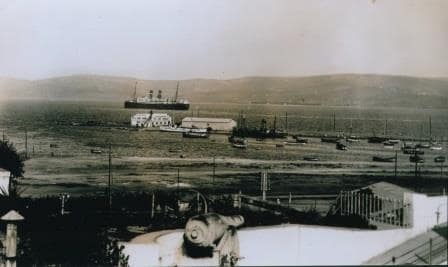
The ss Veendam II somewhere during a cruise. Note the gun in the fore ground. I am still trying to find out which port this is.
The ss Veendam (II) was the first Holland America ship that made a cruise call at Havana. Under the command of Captain Watze Krol it called in 1926 at Havana during a cruise from New York to Panama, the West Indies, Cuba and Bermuda. These cruise ships calls by HAL ships continued for years, even during the depression, when cruising did not come to a near halt as the North Atlantic trade did.
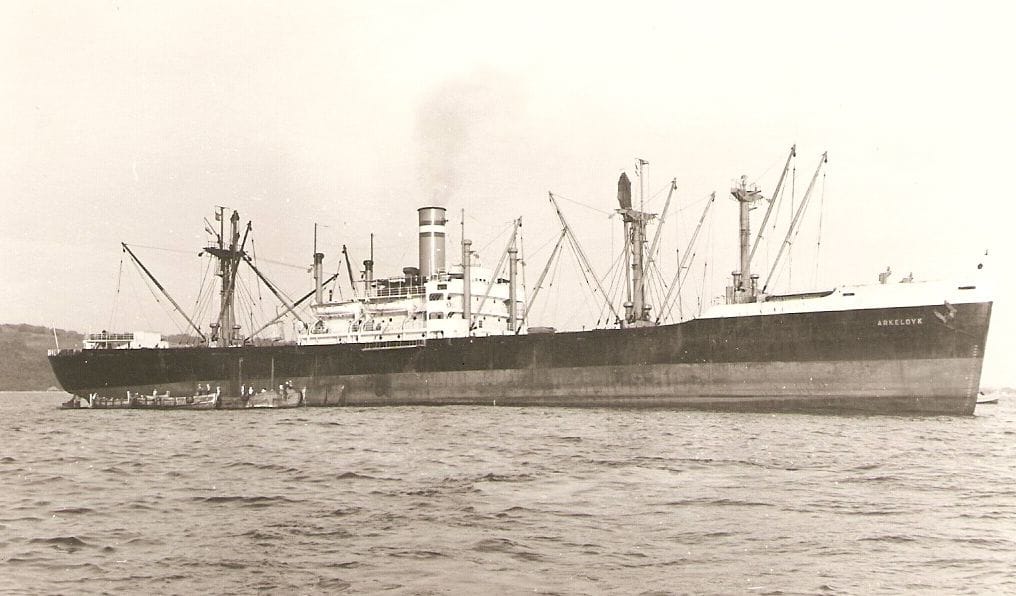
The ss Arkeldijk was one of 11 cargo ships the company bought right after the 2nd world war when they were no longer needed for the war effort.
Then came the Cuban troubles and eventually Holland America could not call any longer at Cuba and it was the cargo ship ss Arkeldyk which made the final call in 1962 under the command of Capt. J.A.J Reedijk. For 18 years it was all quiet until something peculiar happened during the world cruise 1980. Then the ss Rotterdam (Captain F.H van Driel) called at Havana on 15th. of April for a full day near the end of the cruise. As far as I understand there was some “détente thinking” going on in Washington and HAL got an exemption permit. The call was never repeated as the political tide swayed the other way again.
I have never been to Cuba, apart from sailing into Guantanamo Bay for a Medical Evacuation but hopefully I will see the day that a HAL ship sails into one of its ports. Cuba has beautiful ports, great people and the local beer is not bad either.
So tomorrow we are at sea for the final day and the guests are hoping that the ships movement will reduce a bit. It should as we will be coming under the Cuban coast.
